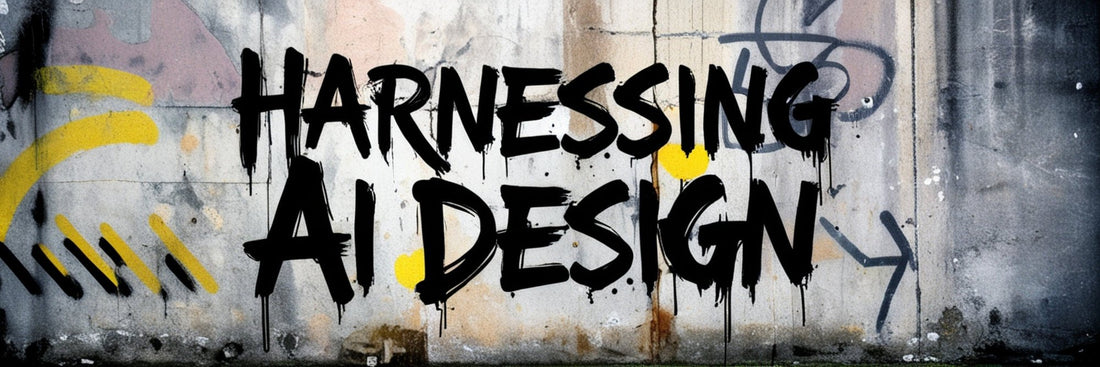
Harnessing AI Design: Overcoming Challenges with Hands in Digital Art
Introduction
Artificial Intelligence (AI) has transformed digital art, allowing artists to generate designs faster and more creatively. However, one recurring challenge for AI is rendering realistic human hands. This blog explores why this is a difficulty for AI and offers workarounds to overcome the issue, ensuring high-quality art production.
Why Hands are Hard for AI
AI-generated art excels in creating realistic patterns, textures, and facial expressions. However, hands, with their complex anatomy and varied gestures, often confuse AI systems. This results in awkward, distorted hands in otherwise flawless images, largely due to the limited datasets available for hand-specific training in machine learning.
Effective Workarounds
Artists have developed several strategies to counter AI's shortcomings with hand design. One method is to manually edit AI-generated hands post-production using digital drawing tools. Another technique involves guiding the AI with more precise prompts or by referencing high-quality images of hands, ensuring better output.
Future Developments in AI
Developers are working on training models with more extensive datasets, focusing specifically on hands and other complex features. As these advancements continue, AI tools will become more adept at rendering anatomically correct hands, streamlining the design process for artists worldwide.
Conclusion
AI’s potential for revolutionising digital art is undeniable, but some challenges, such as hands, require human intervention. At Arts To Glory, we embrace AI’s strengths while refining its limitations to create stunning, lifelike digital pieces. Explore our collection to see AI’s creative capabilities paired with our expert touch.

